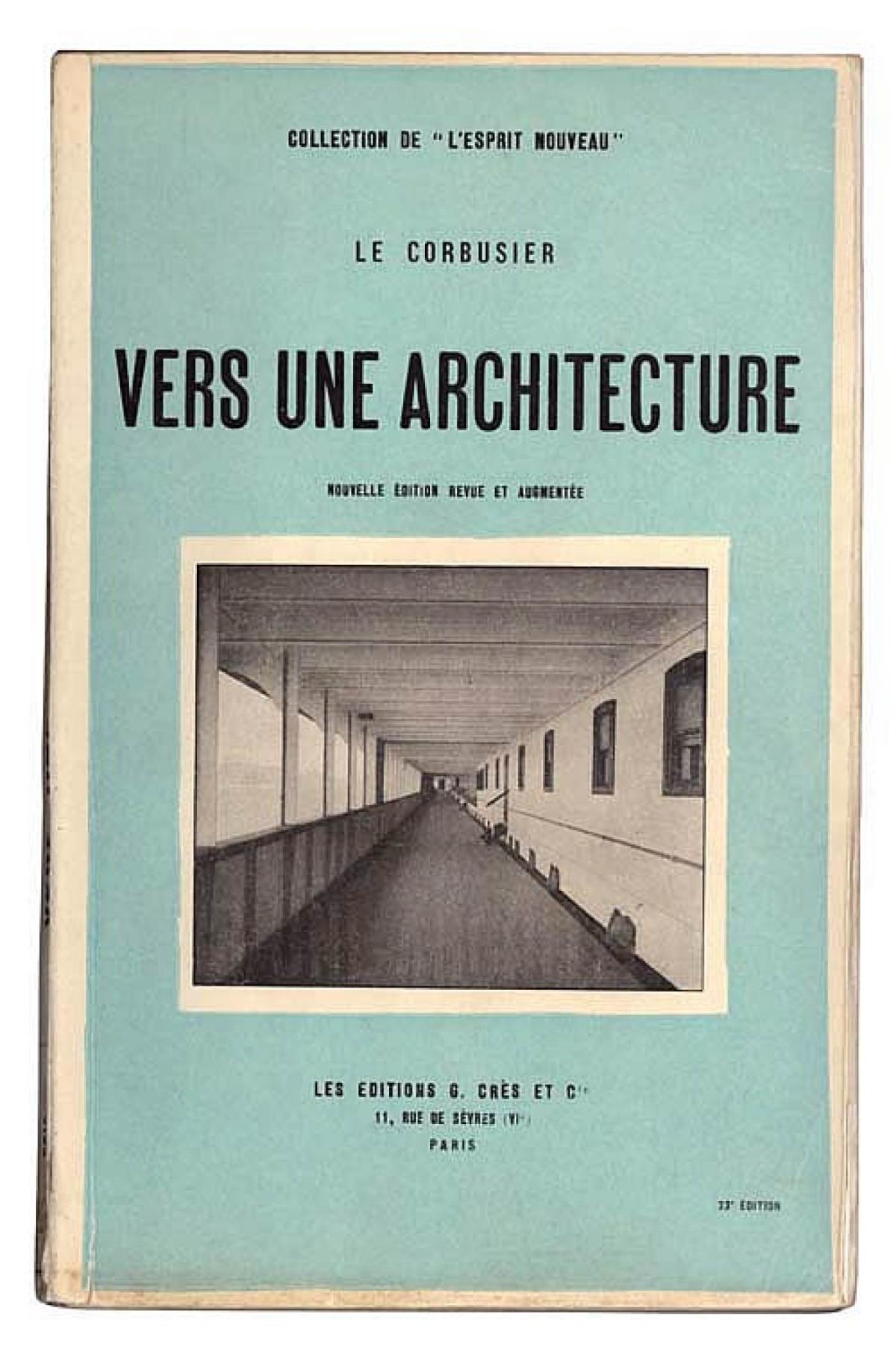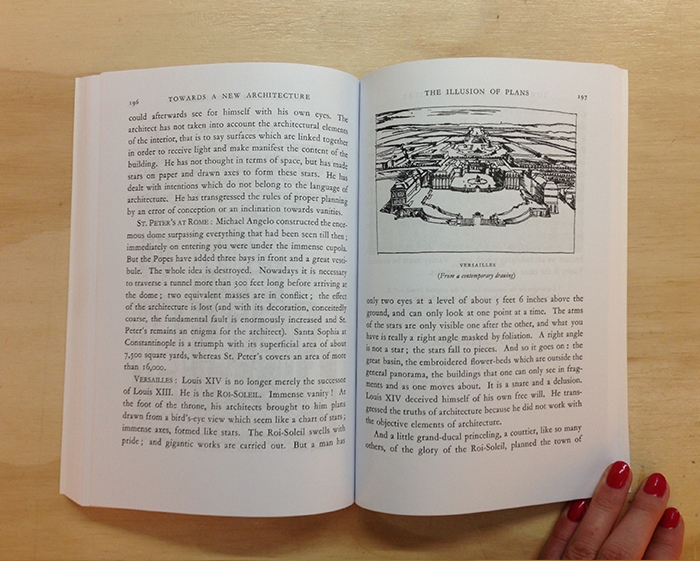

In a kind of systemic, sectional resume of the long-term effects on Le Corbusier of the Acropolis itself, it seems that a predominant intellectual filament runs from there, discreet but ever-present throughout the “oeuvre complete”. This symbolic architecture of power is rightly represented here, too, as the climax of a life-long preoccupation with landscape form, inspired as much by the ground view as by the visionary aerial site appraisals Le Corbusier made from aircraft. Yet it does seem that the transformative impact the Acropolis had on Corbusier (at that time, still known as Charles-Édouard Jeanneret) was nothing short of traumatic: just as, much later, was his sublime realisation that Chandigarh, with its rigorously agrarian landscape, would house a new capital city for the Punjab. Bergdoll has supplied a revealing introductory article enlarging on the concept for an “atlas” that is developed here, and pinpointing the early “Voyage de l’Orient” that the trainee architect made in September 1911 as an Act I of what may be described as “the Acropolis affair”, with the superb manifestation of his design for the capital city of Chandigarh being the built-climax of this evolution of ideas. The current exhibition at the Museum of Modern Art, New York, curated by Cohen and Barry Bergdoll, made this extensive new publication possible. Ranging over some eight relevant geographical regions, these territories and travel destinations now cast a fresh light on Corbusier’s numerous working itineraries both in Europe and across the globe. That approach across the “atlas” is presented here by several authors and contributors (comprising a substantial list of critics and historians).

The indissoluble connection between design practice and place was always present in Le Corbusier’s works, but is seldom heeded by commentators, who are mesmerised as always by the built architecture itself. Jean-Louis Cohen here presents an appropriate solution to the issue by choosing a global “atlas” as his template.

This is not unremarkable because, for him, buildings and landscape were indivisible. Reviewed by MICHAEL SPENS Of the many publications on Le Corbusier, virtually none have focused on the architect’s approach to landscape. Published by Thames & Hudson, London and New York, July 2013 (Accompanying the exhibition of the same name at The Museum of Modern Art, New York, 15 June – 23 September 2013).

Le Corbusier: An Atlas of Modern Landscapes, edited by Jean-Louis Cohen. Le Corbusier: An Atlas of Modern Landscapes


 0 kommentar(er)
0 kommentar(er)
